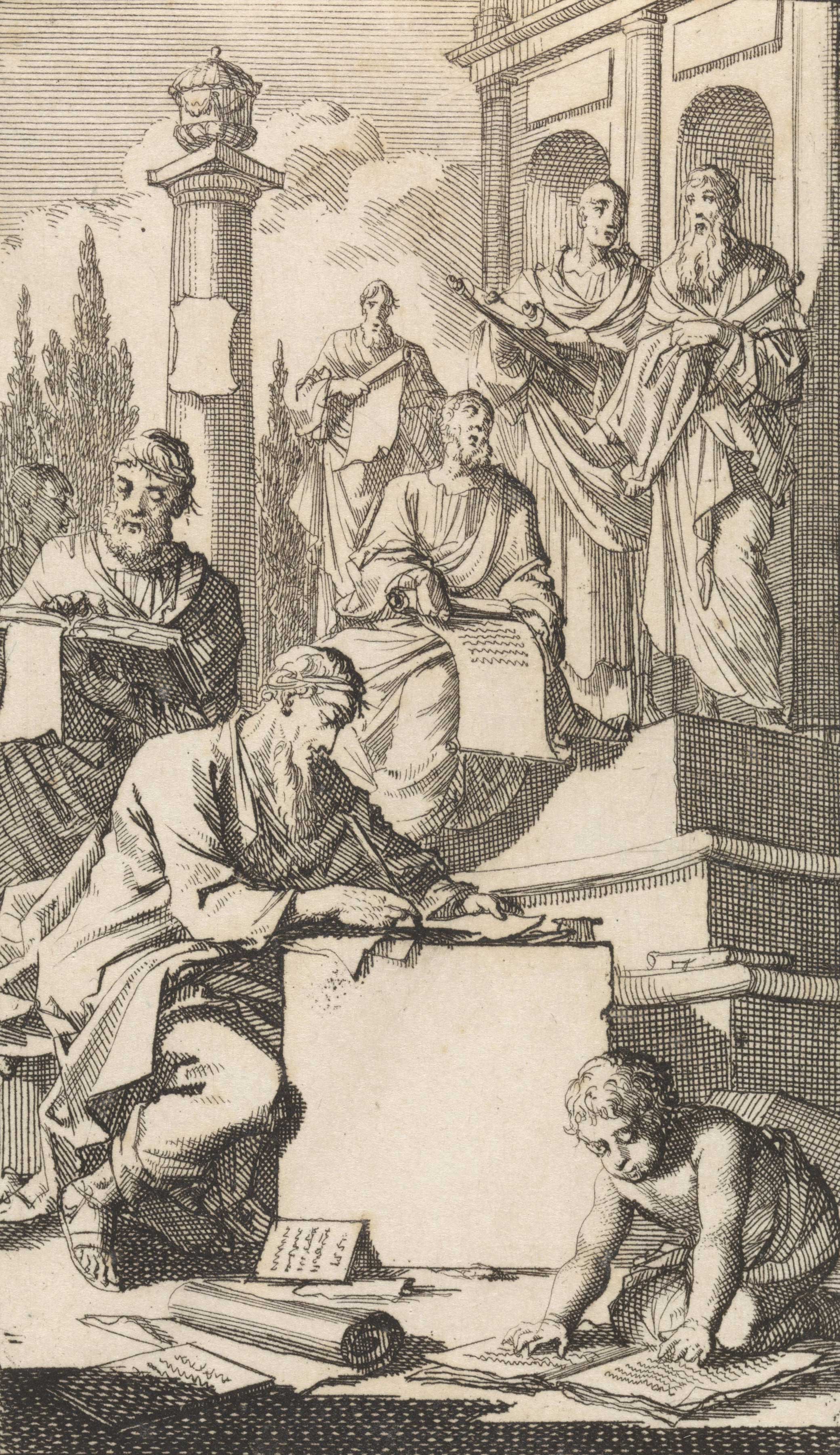Paper Cost Some People Everything
 Over at Lapham's Quarterly there is a story entitled "Flesh and Page". I knew a bit about the making of parchment and the switch to paper because it seemed like a good story. But this article is a full-blown history of how parchment was made--animal by animal.
Over at Lapham's Quarterly there is a story entitled "Flesh and Page". I knew a bit about the making of parchment and the switch to paper because it seemed like a good story. But this article is a full-blown history of how parchment was made--animal by animal.The author of the article, Bruce Holsinger, asserts instructions for making parchment were not well written, often incomplete, or even insensible. But since parchment was an expensive commodity, medieval creators more likely were loath to reveal their recipes. When making a local product with local animals and local organic base and acidic compounds, recipes were bound to vary and vary widely. Regardless, there are dozens of recipes left from medieval times.
Parchment had a reverential place in most societies. So much so, that it caused religious uproars regarding the manner in which animal skins were prepared especially among Jews, Christians, and Muslims. But another argument seems to rival religious authority.
When it comes to the history of parchment making, many recipes talk about splitting the hides to make parchement. When speaking to modern leather workers they scoff at such an idea, "It can't be done." If it could be done they would double their profits. Again, what if earlier craftsmen knew something that has been lost across history? Splitting the hides seems to be a common requirement in many recipes. But who is to know?
In the modern era it seems that parchment was mainly used in legal documents: marriage licenses, treaties, patents, recipes, and other legal and quasi-legal documents. Today, there are still parchment makers and parchment is not cheap. One thing is certain parchment making is an intensive, tedious, and long process. How things must have changed when paper came along? But as I stated previous, that's a different story.
How do you think the cost of parchment (monetarily and labor wise) affected who could read and write and what was written? What kind of changes came when the cheaper (but by no means cheap) paper came along?
Comments
Post a Comment